The diamond in the rough has regained its sparkle
We believe it hasIt had been years since I’d last visited Folkestone, and my mum kept saying to me that I should return, as Folkestone was turning the corner of rejuvenation.
I must be honest with you, my hopes still weren’t too high, as from memory it needed more than a just a lick of paint.
But I thought I’m going to give the coastal town of Folkestone the benefit of my doubt, and I was hoping to be proved wrong.
And to my astonishment I was, I kept saying to Gary this is incredible, why had we not visited sooner, as Folkestone is only around 40 minutes by car from where we live.
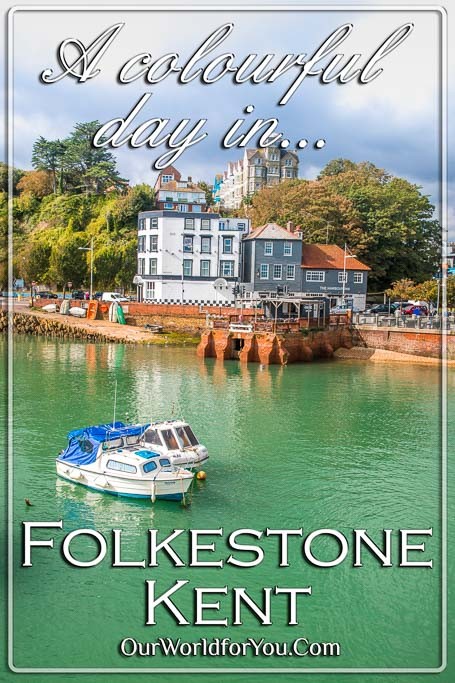
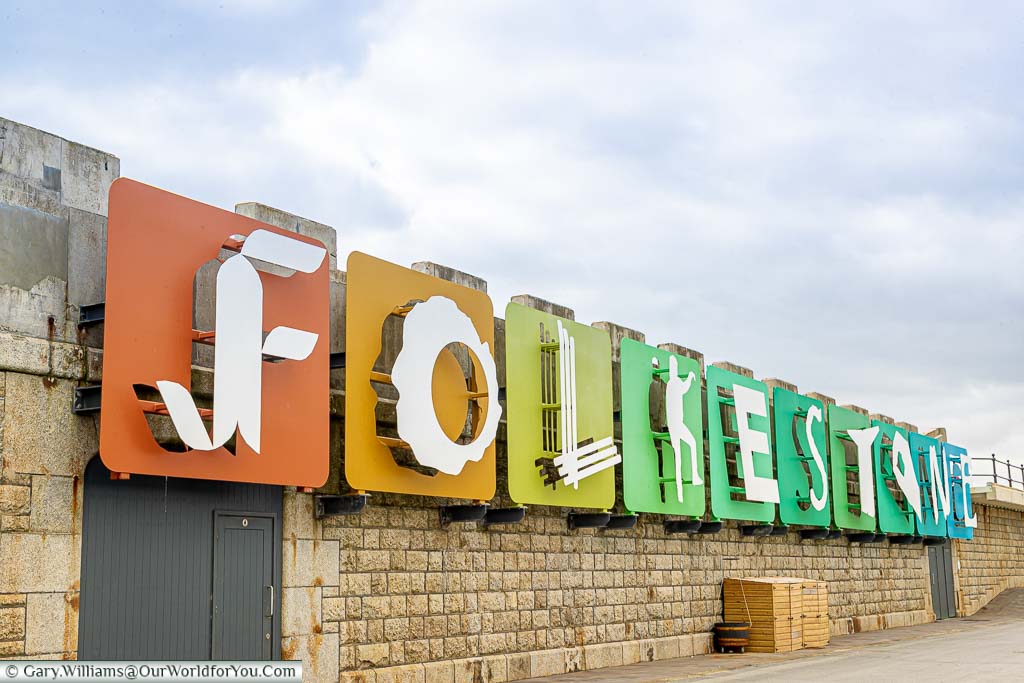
Where is Folkestone?
How to get to Folkestone
- By Train
You can catch a High-Speed direct train from London St Pancras International to Folkestone Central Station, which takes around 55 minutes.
- By Car
It's at the far eastern end of the M20 Motorway 73miles/115km from London.
The regeneration of Folkestone
Stand up and be heard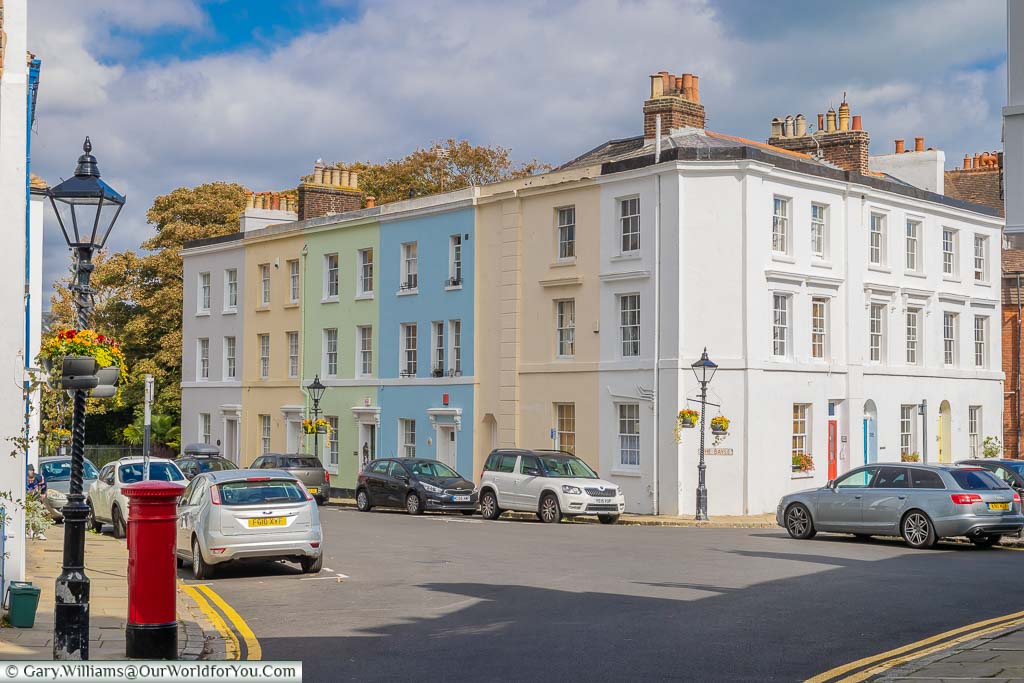
If you're intrigued by Kent's weird and wonderful history, or all unusual stories around the county, then take a peek at "Kent's Strangest Tales".
You won't be able to put it down, you can pick it up for your Kindle or in good old paperback.
The History of Folkestone
An ancient port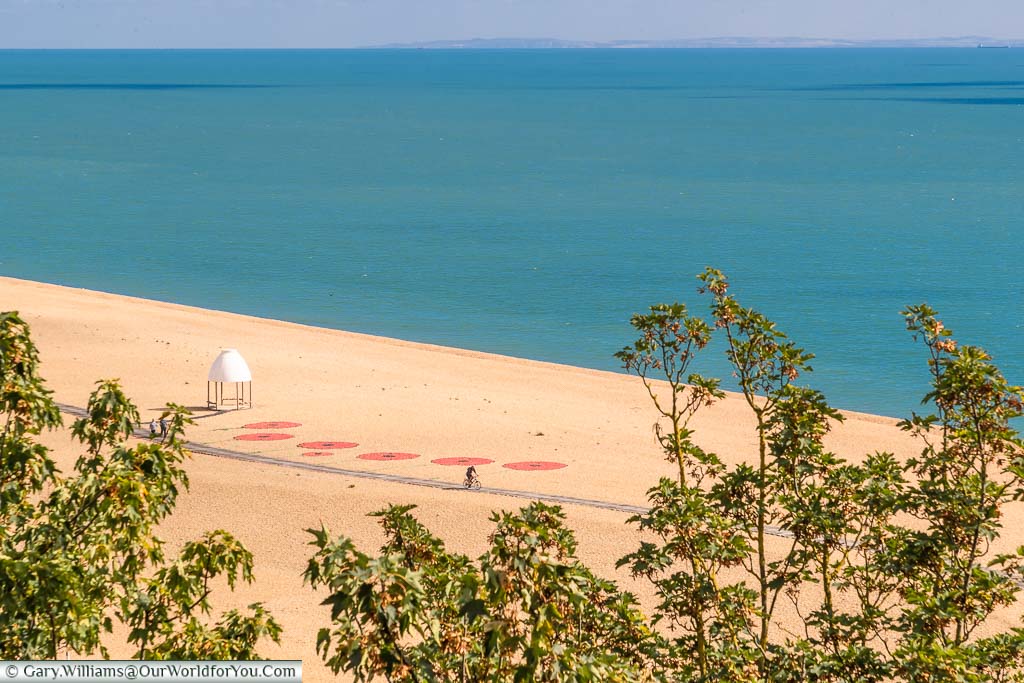
The Grandeur of Folkestone
Two Great Dames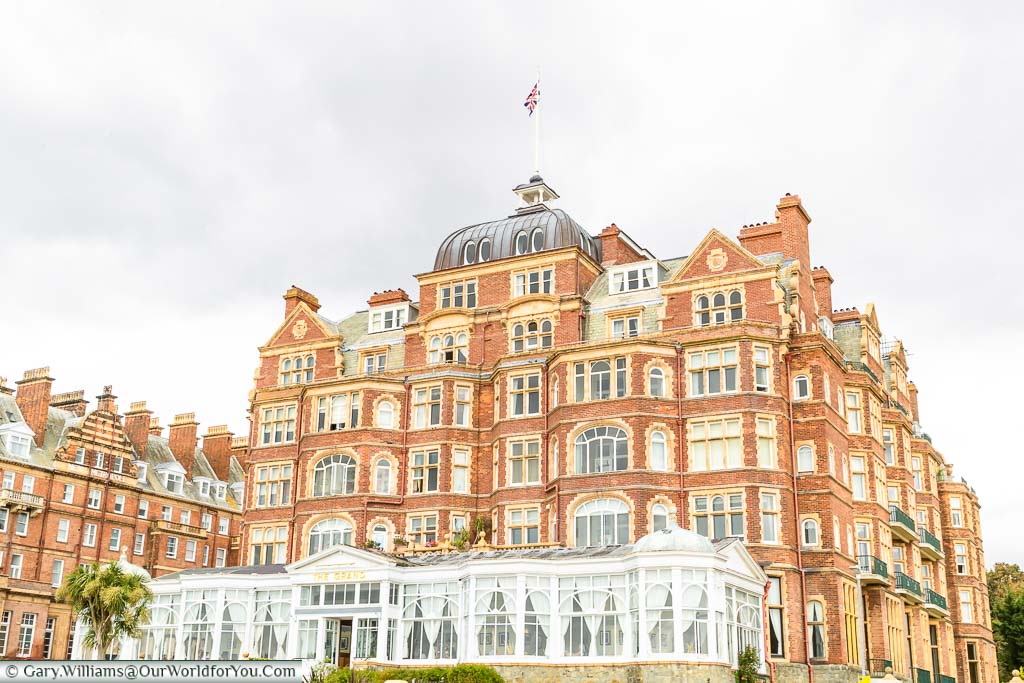
These two hotels continued to vie for the attention of the stylish and the rich, with The Grand perhaps becoming the victor. As regular guests were King Edward VII & Queen Alexandra, and the King’s mistress Mrs Alice Keppel.
It was within the walls of The Grand hotel that Agatha Christie wrote 'Murder on the Orient Express' in 1933.
Where to stay in Folkestone
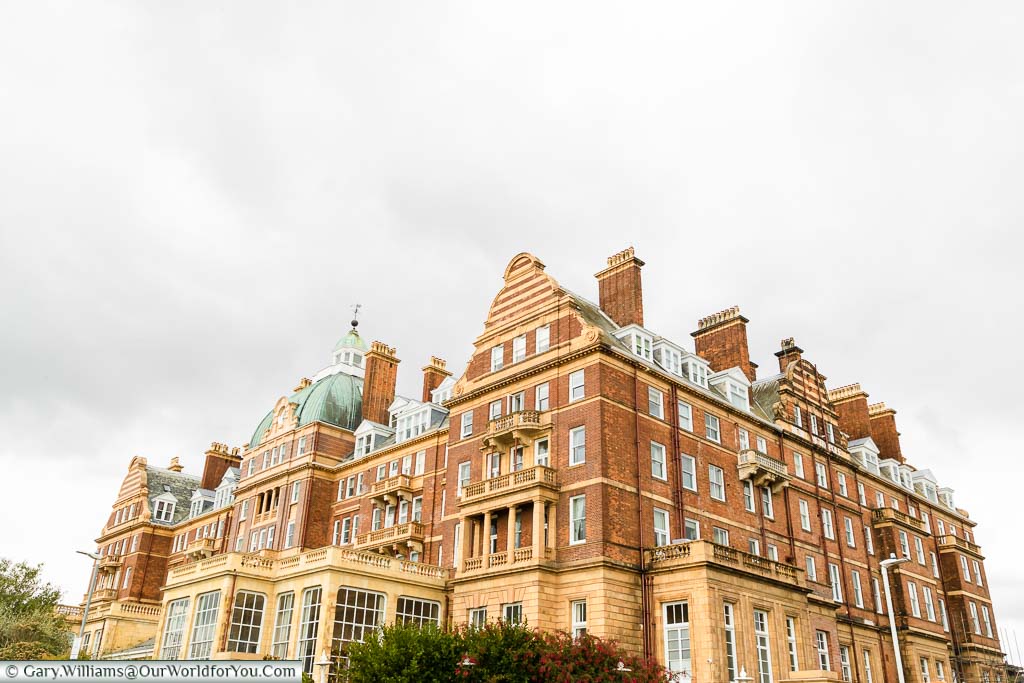
A good reason to visit Folkestone
The Upper and Lower Leas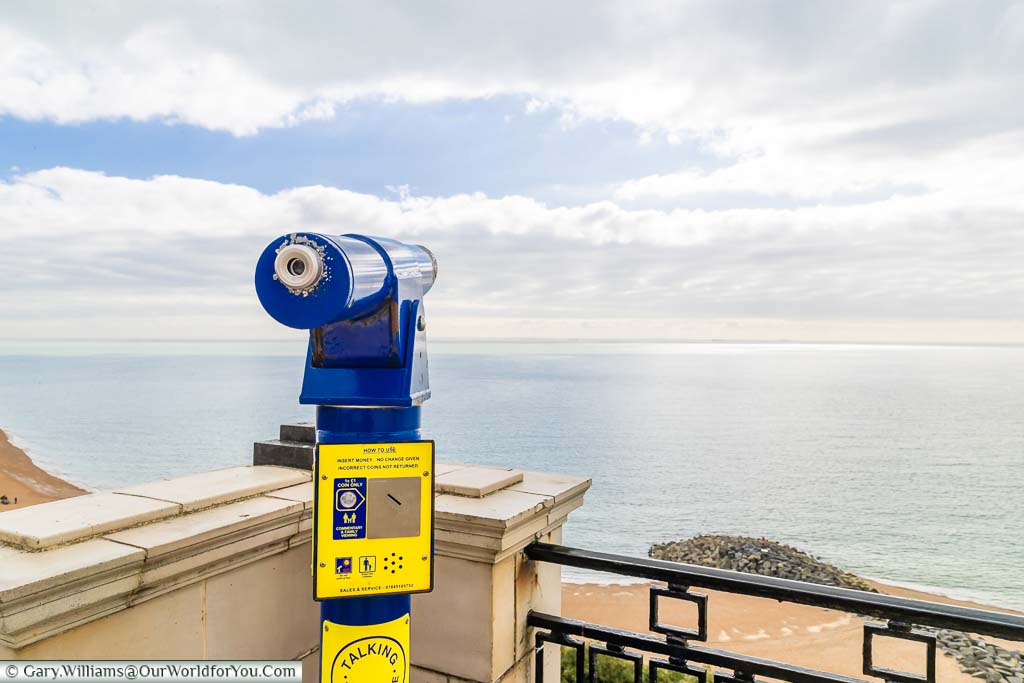
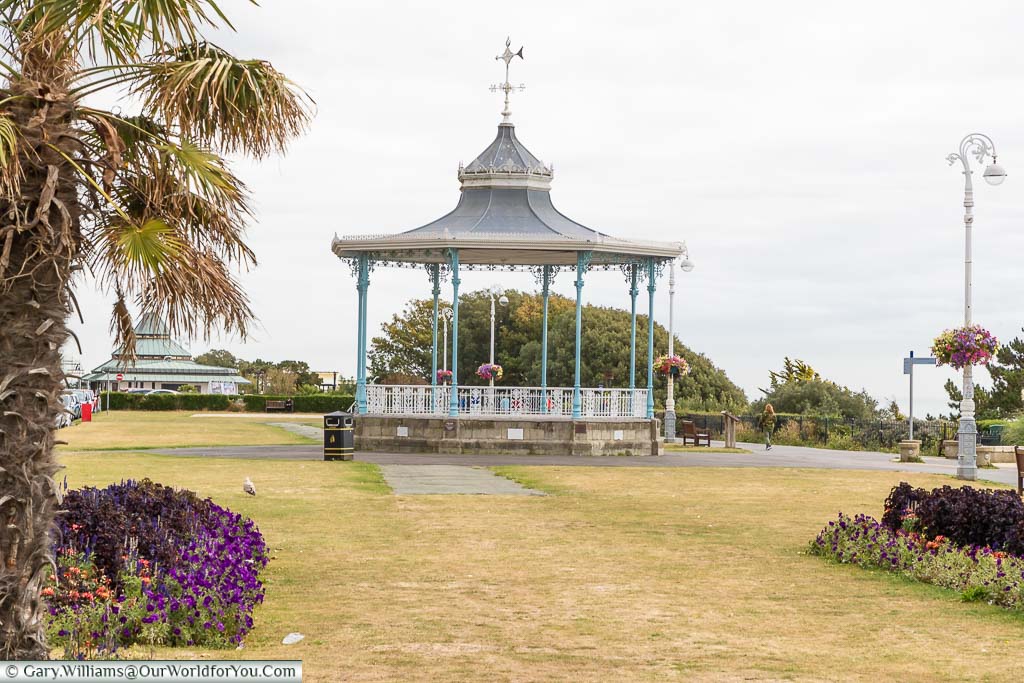
From the clifftops we head down the Zig Zag Path to the seafront. Once again, I’m taken aback at how pleasant it was and how well it has been managed and the thoughtful planting.
The path was originally laid out in 1921; however, regeneration projects during the early 2000s have seen the whole coastal path brought back to life for all the family to enjoy.
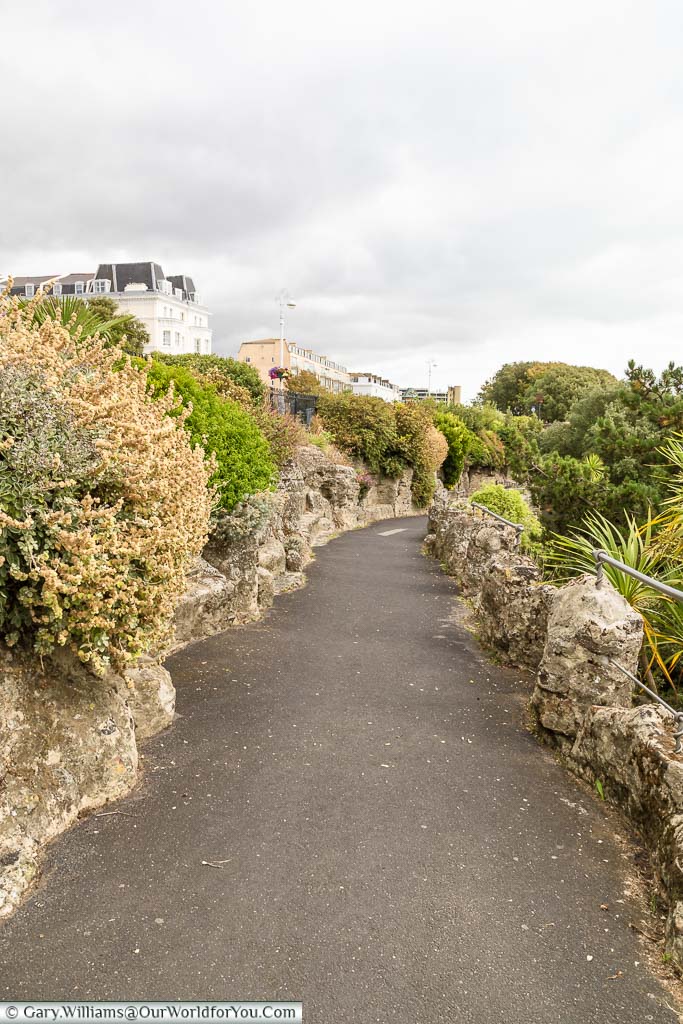
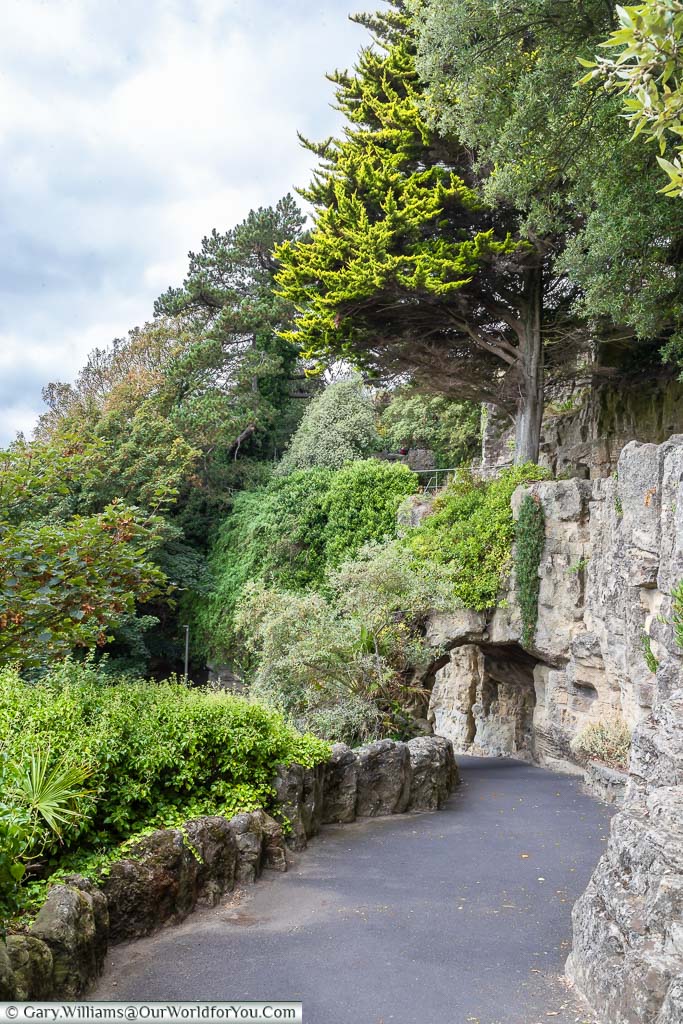
The Zig Zag Path winds its way leisurely down the Leas cliff, passing under arches and through little caves and grottos.
At the bottom, we continue along the lower coastal path towards the harbour. Some of the plantings almost feel tropical, rugged palm trees, soft grasses blowing in the breeze and delicate, vibrant flowers.
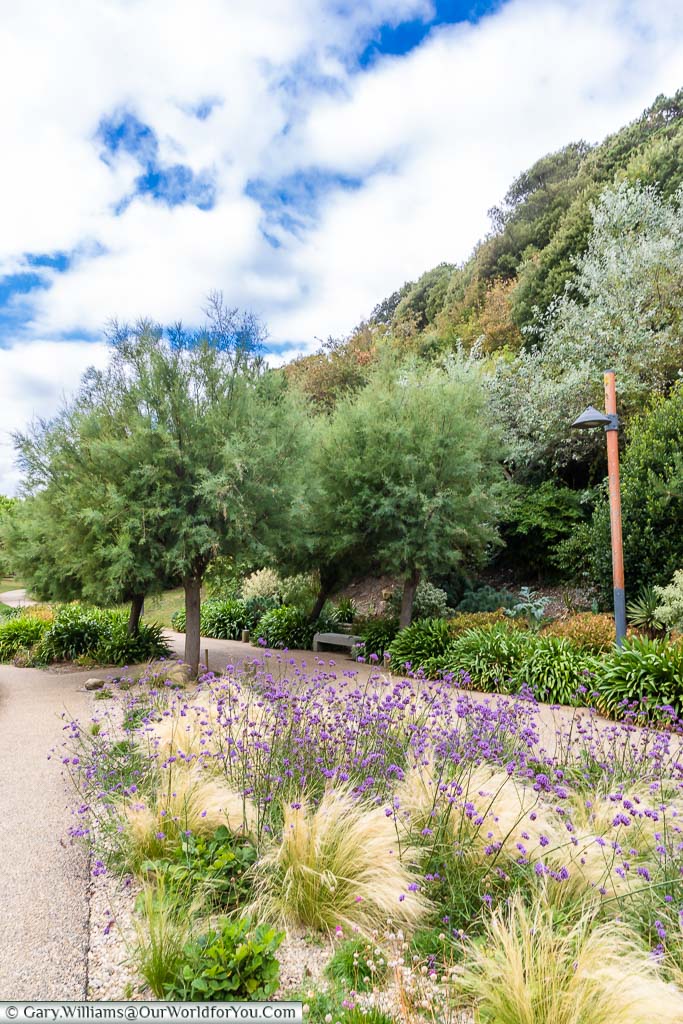
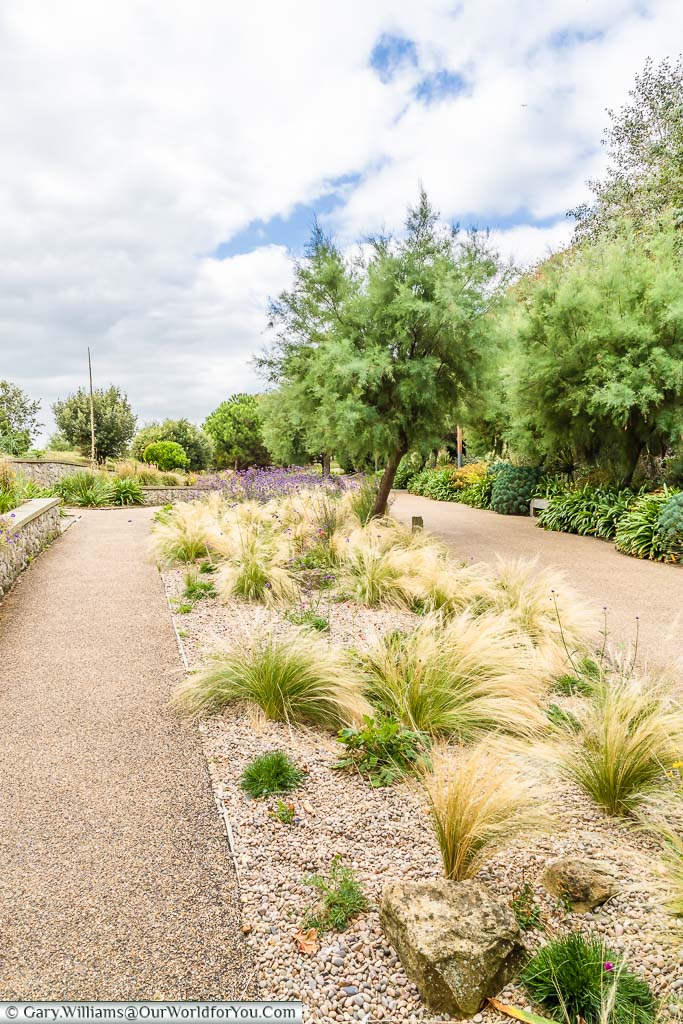
Tempted to?
A bygone Folkestone
Leas LiftLeas Lift is actually a funicular railway and was installed in 1885, to transport passengers from the seafront to the promenade above.
Certainly, in need of some TLC, the lift has been closed since 2009 but is currently under restoration. It’s due to reopen in 2020.
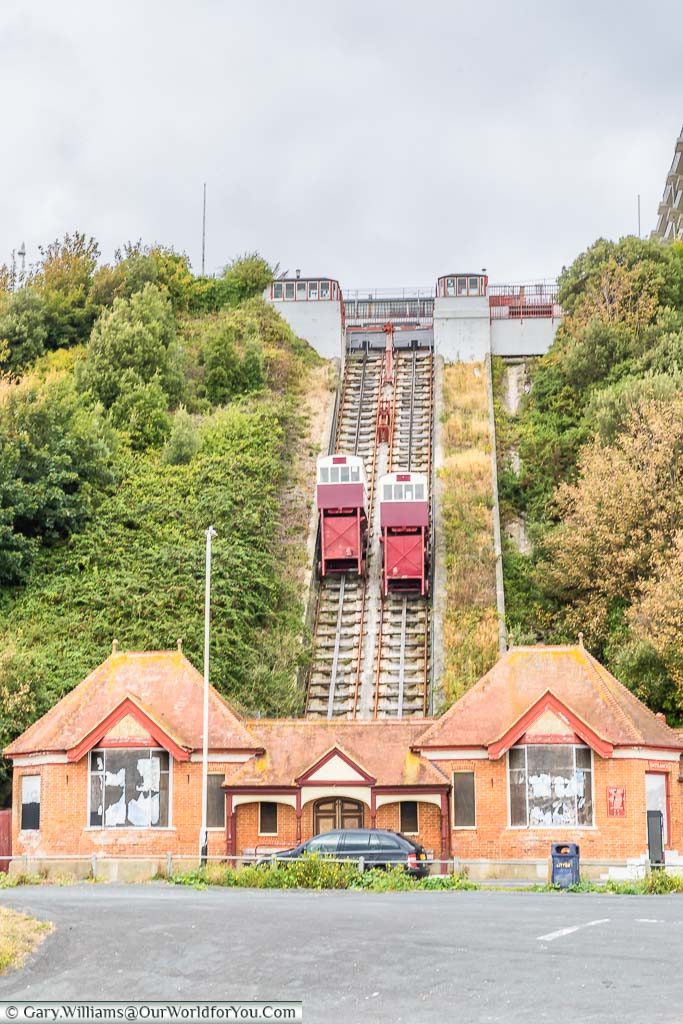
Exploring Folkestone
Head to the beachNow, don’t get your hopes up here, Folkestone’ beach isn’t actually awash with golden granules, what it lacks in sand, it makes up for in pebbles.
But, that’s the appeal, take a stroll along the wooden boardwalk and enjoy the gentle breeze brush past you from the shores of the English Channel.
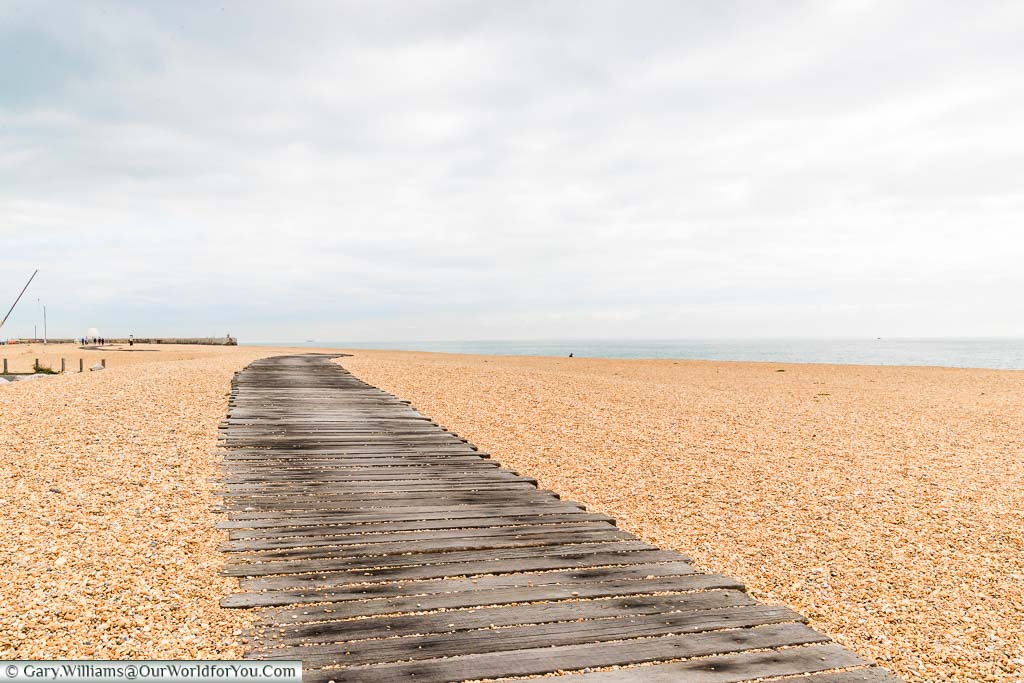
Ok, so I lied there is a sandy beach around the bay, head to the other side of the harbour to ‘Sunny Sands”.
What also appealed to me about Folkestone’s seafront was the lack of amusement arcades. Now I don’t want to sound old here; however, they are not usually the most attractive of buildings to look at.
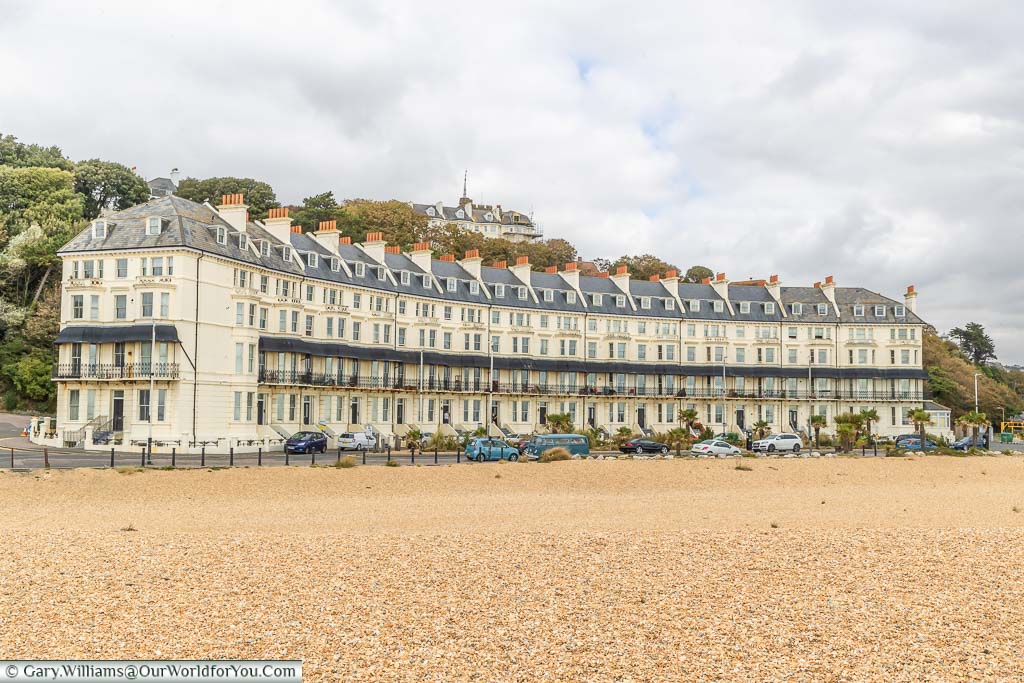
Did someone say a beach?
Creative Folkestone
Your free outdoor gallery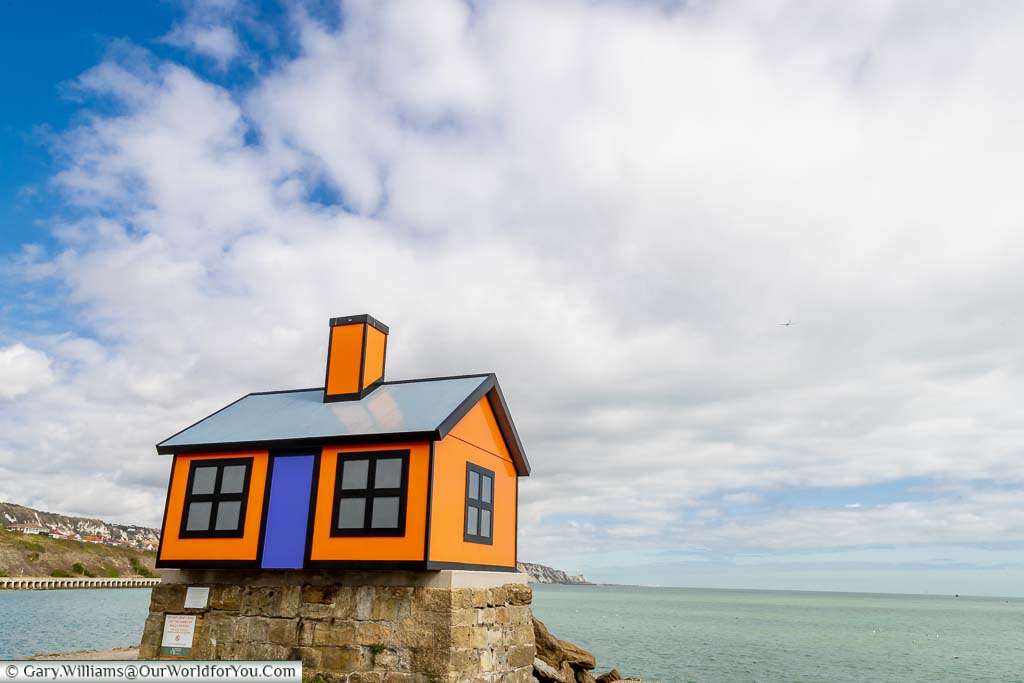
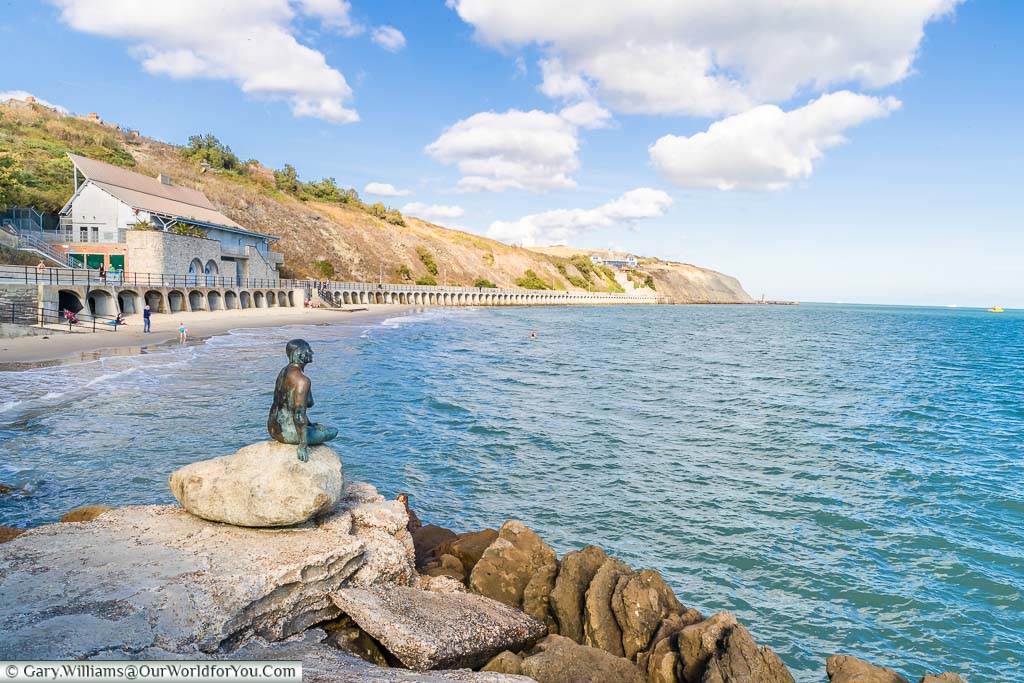
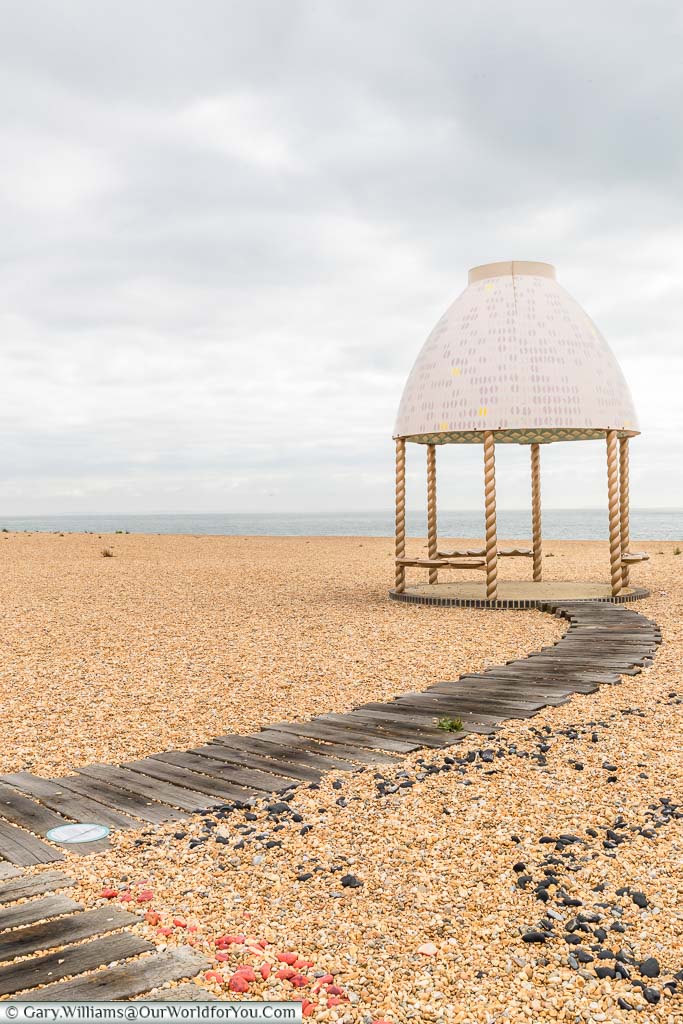
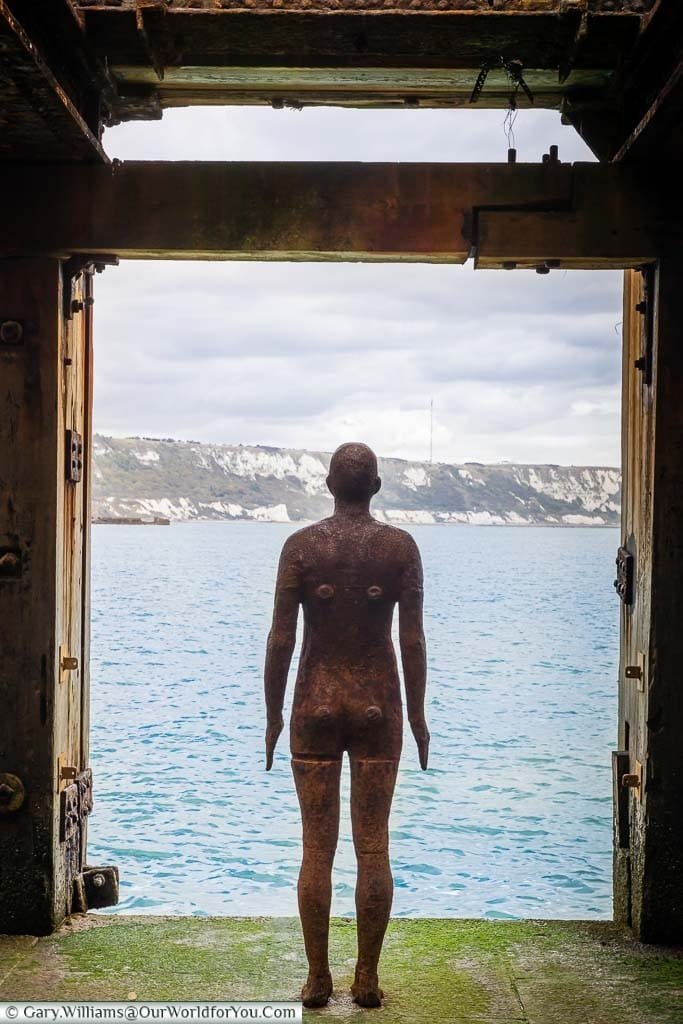
Timing is everything
Escape for a few days
Are you looking for that ‘perfick’ holiday hideaway to relax in while you discover the Garden of England?
After a day exploring the Kent coast and its many historic castles enjoy one of the handpicked properties and unique retreats at Holiday Cottages.
The transformation of Folkestone
Harbour Railway StationAnother fantastic part of Folkestone’s regeneration is the old Harbour Railway Station and viaduct.
Completely restored back to its 1950’s glory days, the canopies and cast-iron pillars have been given a new lease of life. Along with the traditional platform lighting and bilingual station signs.
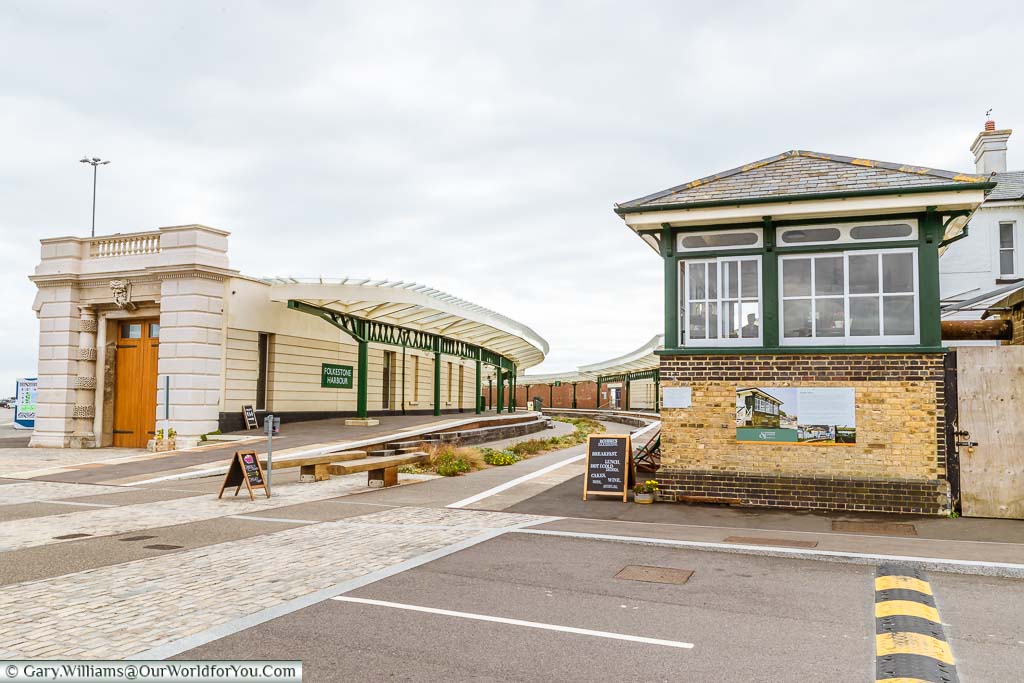
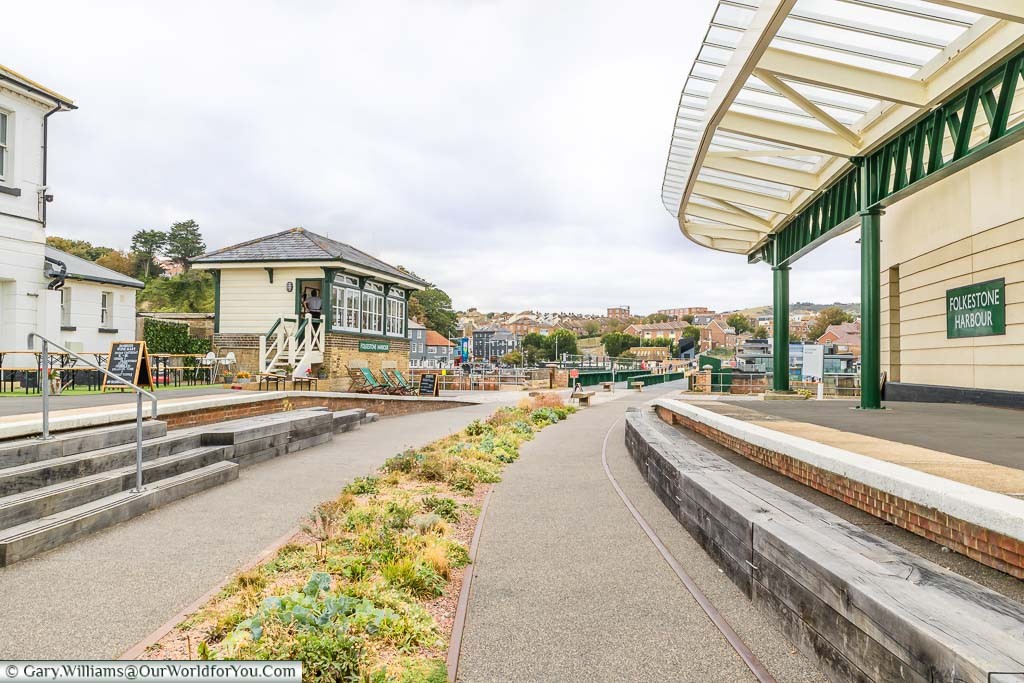
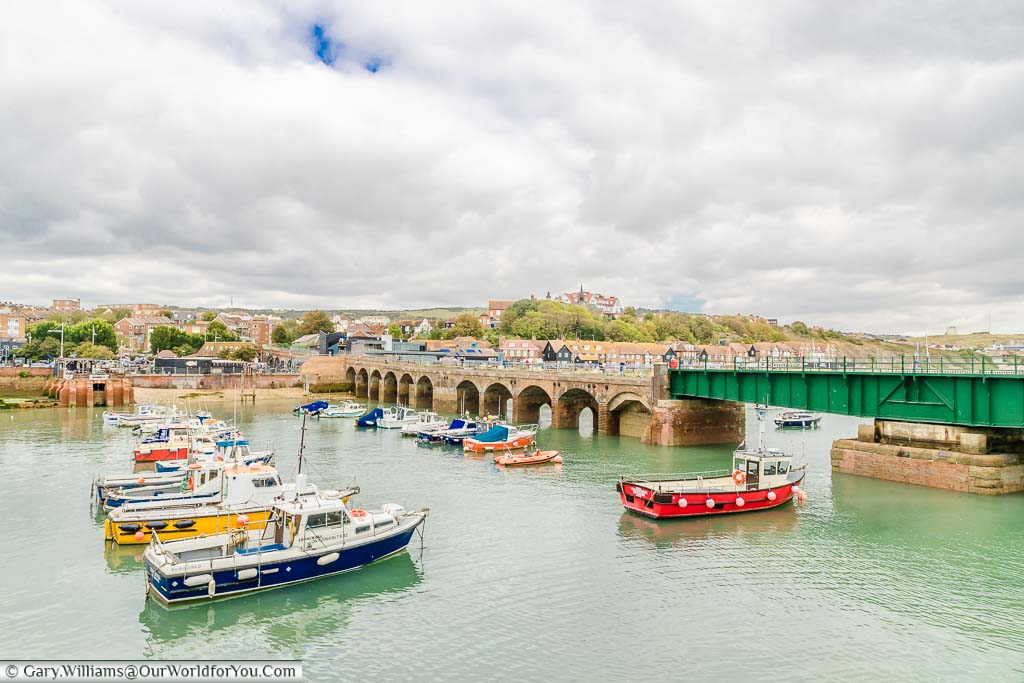
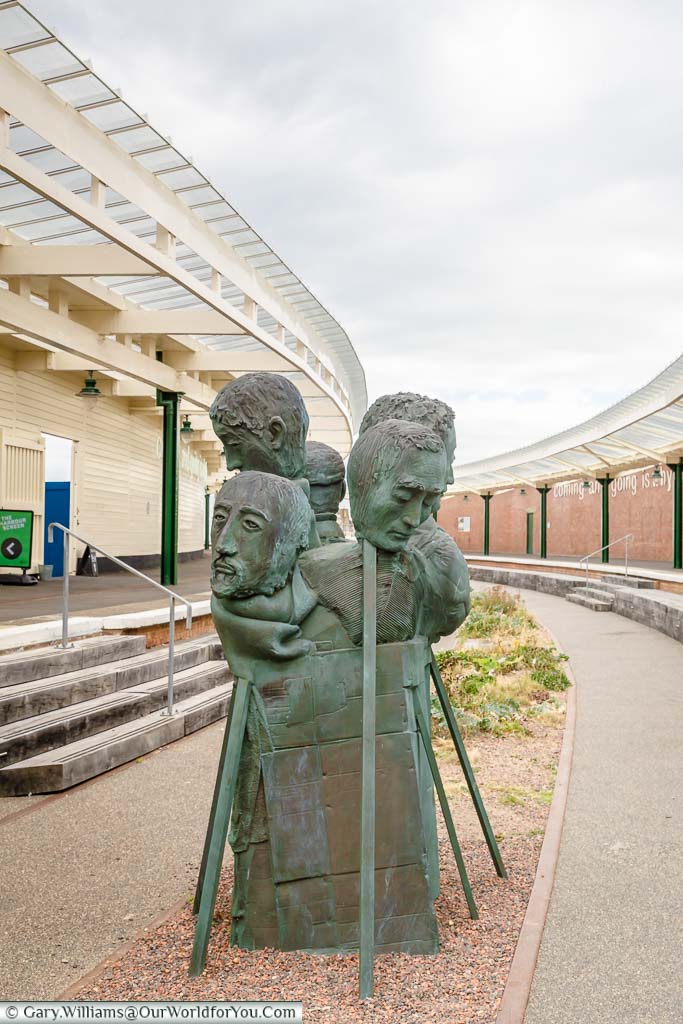
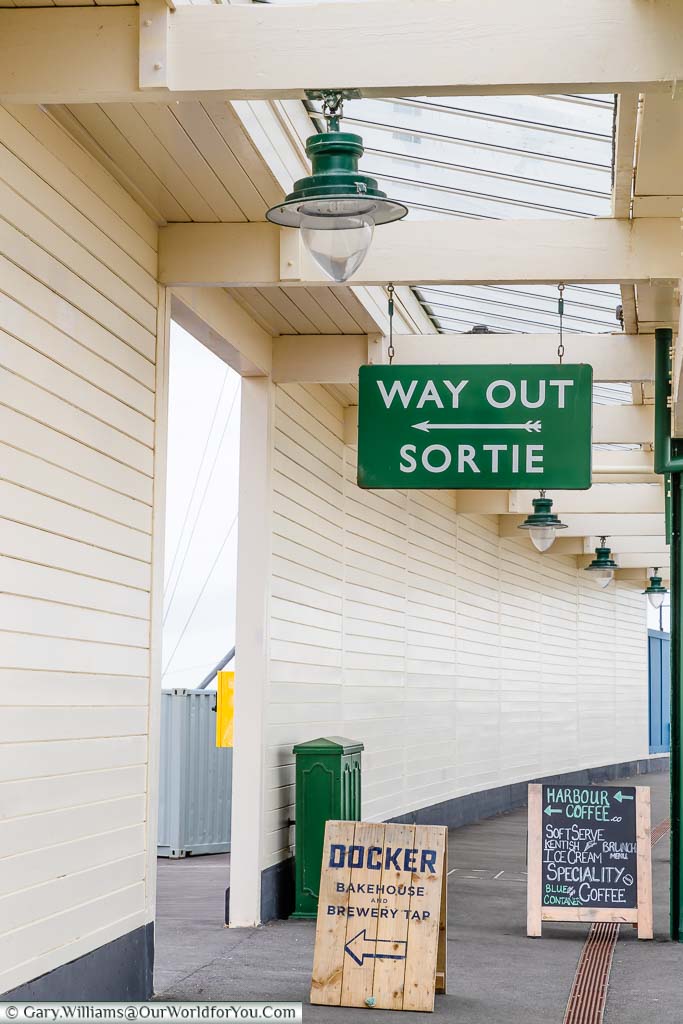
Visit some of Kent’s coastal towns
Discover Folkestone
The rejuvenated Harbour Arm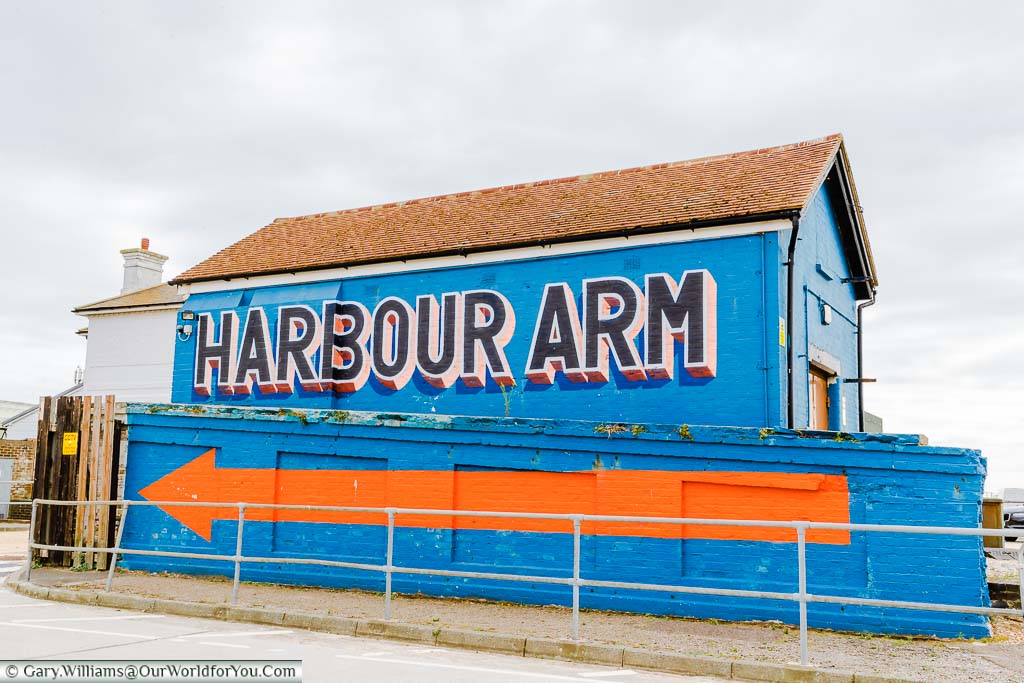
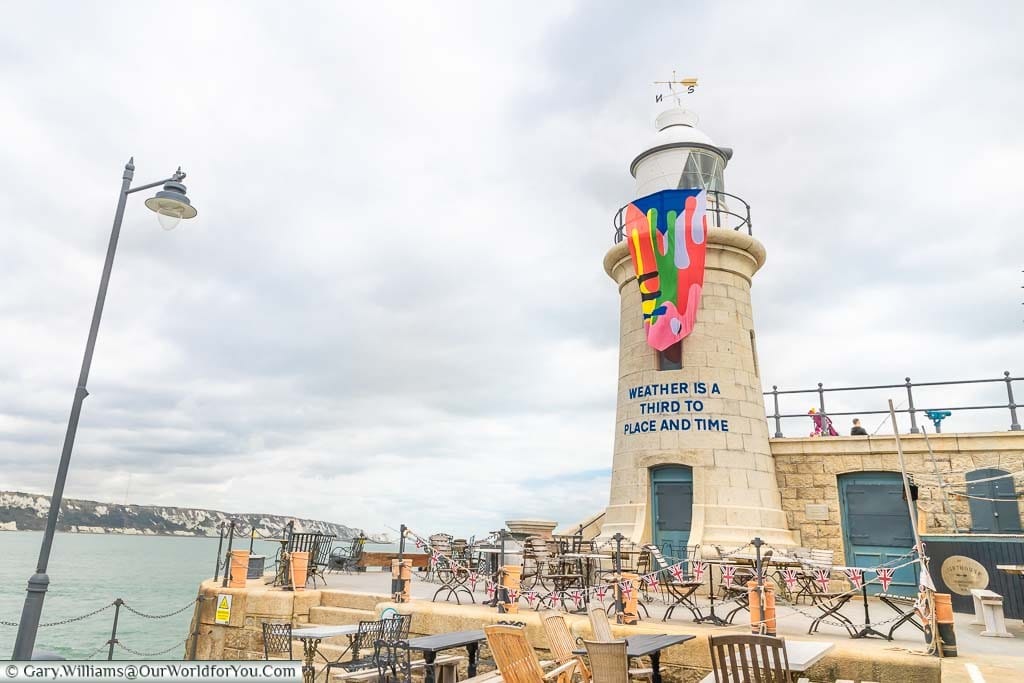
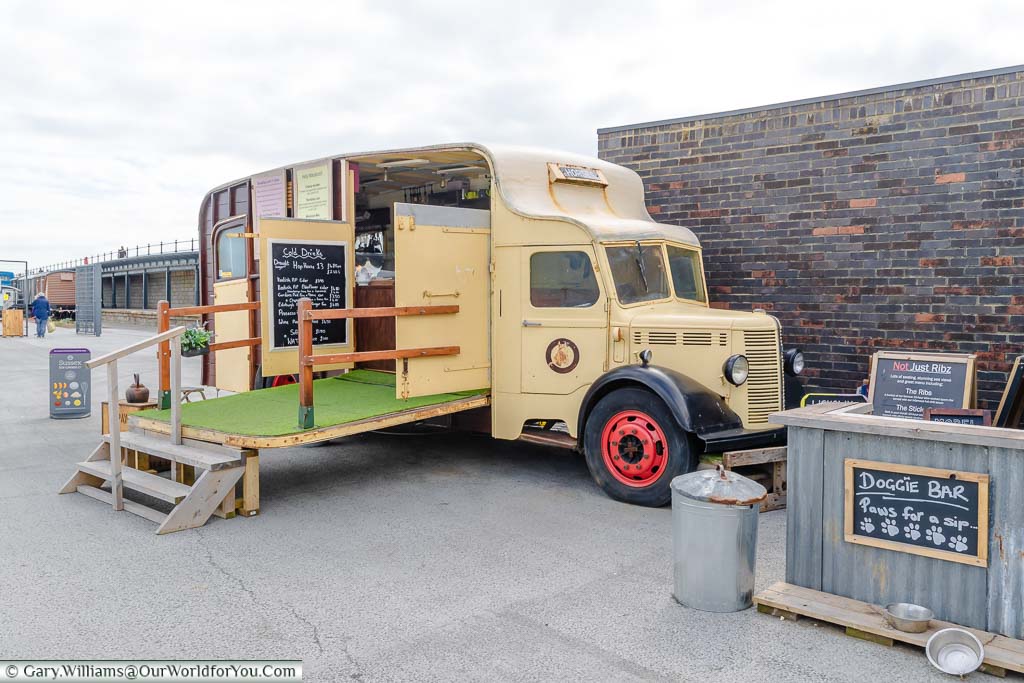
Folkestone Harbour
Full of maritime history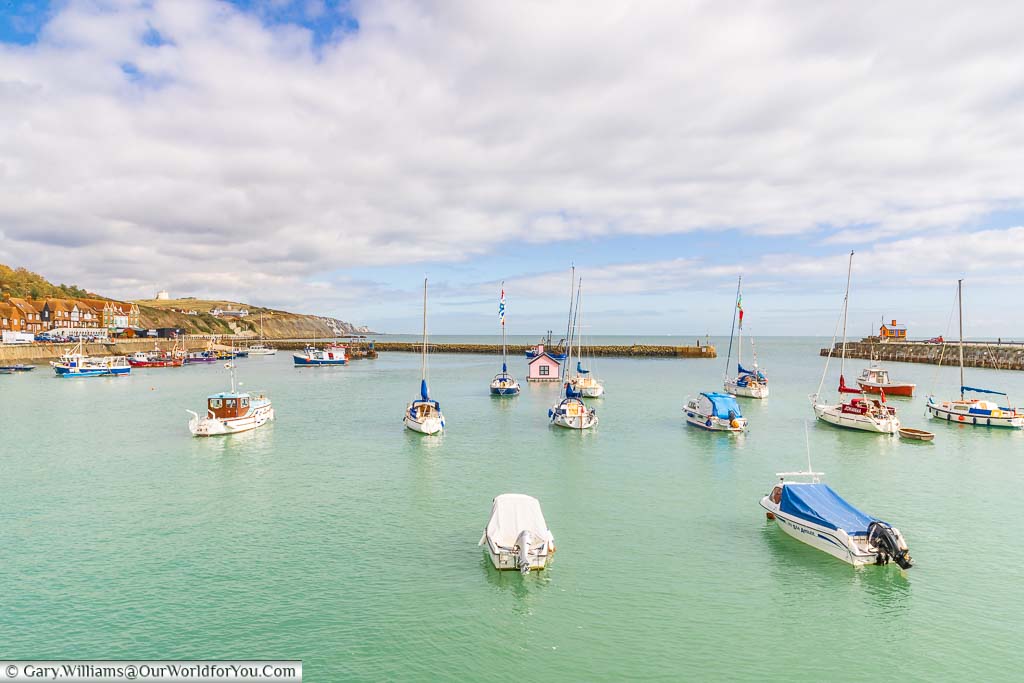
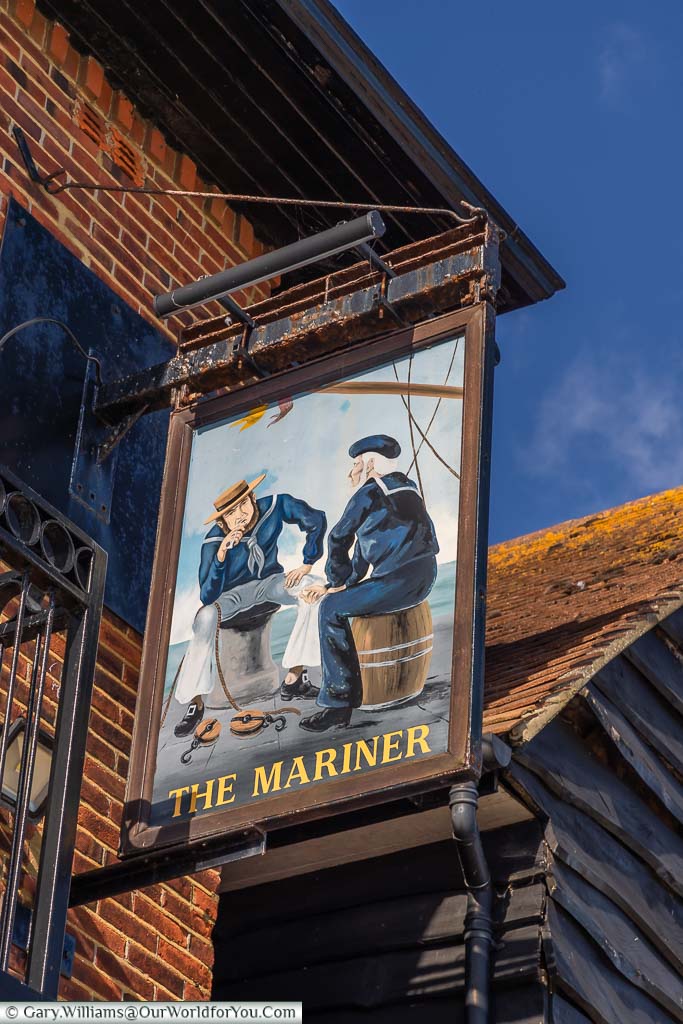
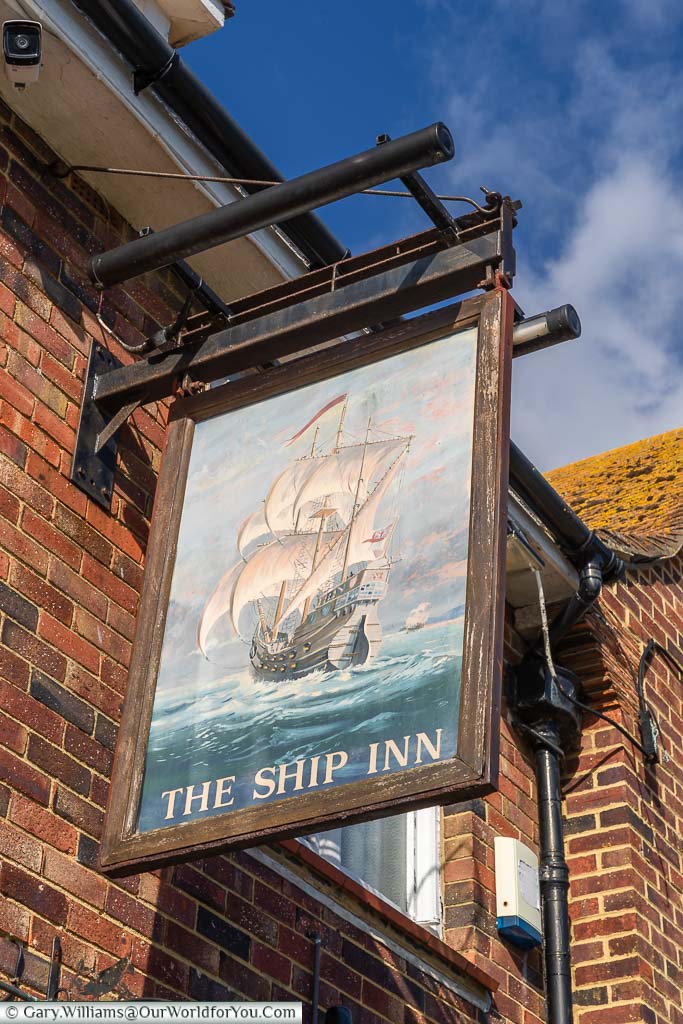
Local Info
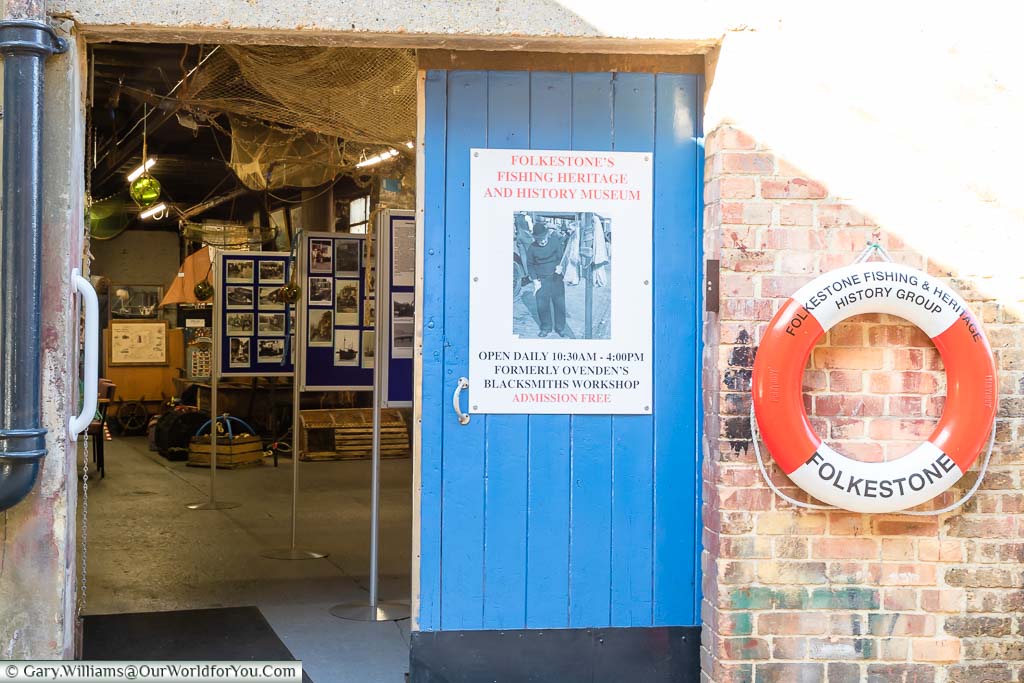
A little more history
The Creative Quarter of Folkestone
A reinvention of the old High Street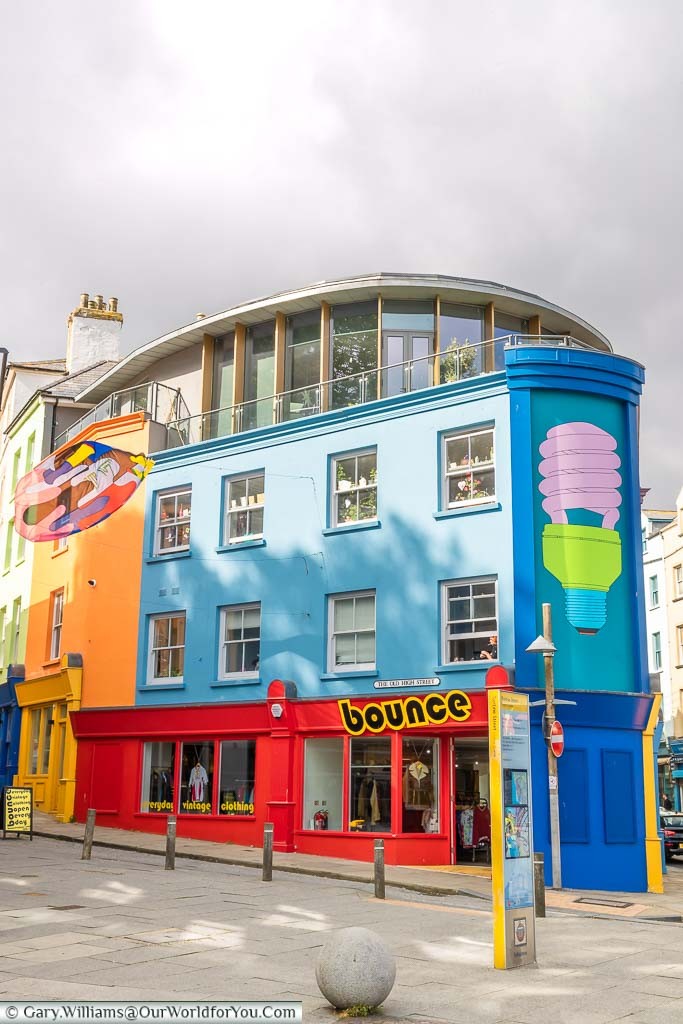
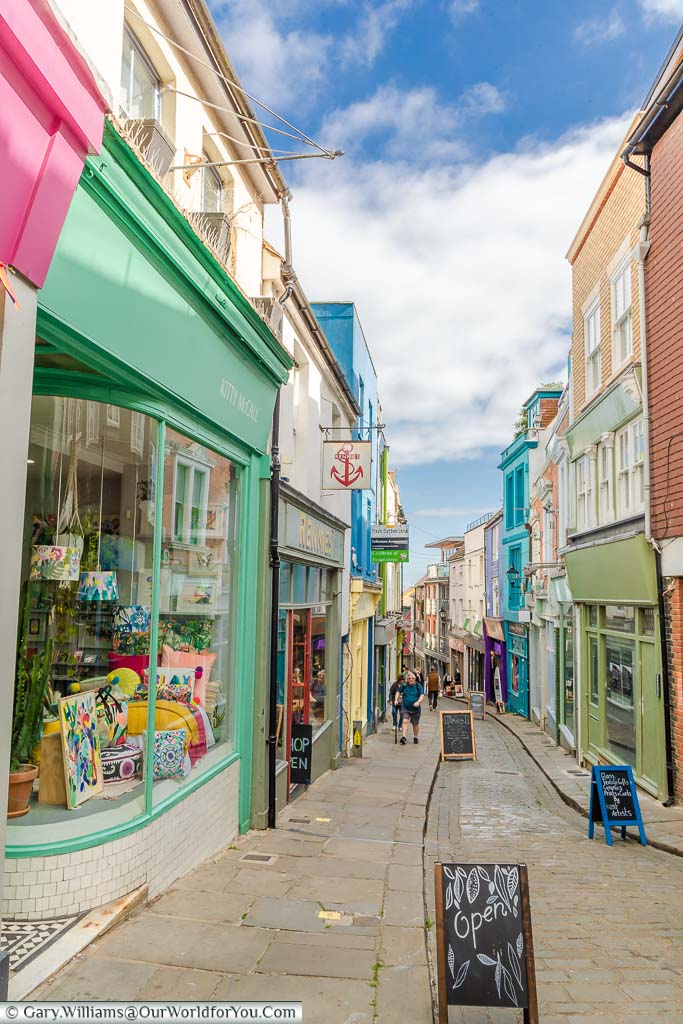
Passing by boutiques, galleries, cafés, antique shops, cake makers and tattooists, Folkestone’s Old High Street appears to have it all.
Although the shops have a modern twist below, take a lookup as the architecture from years gone by is still there to be seen. It’s lovely to see the old and contemporary blending so well together.
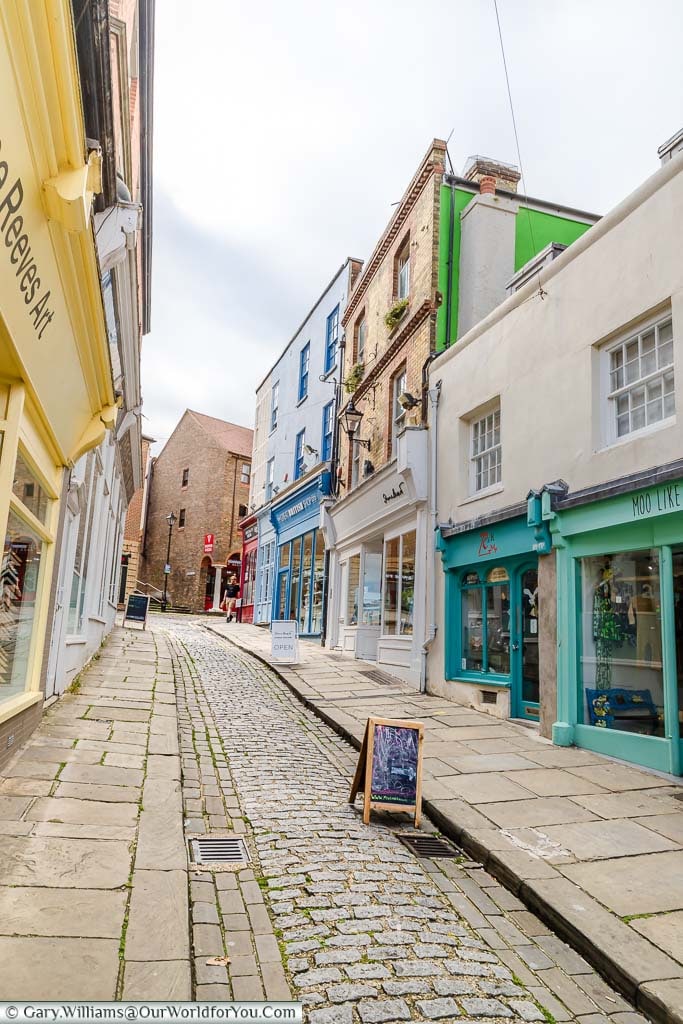
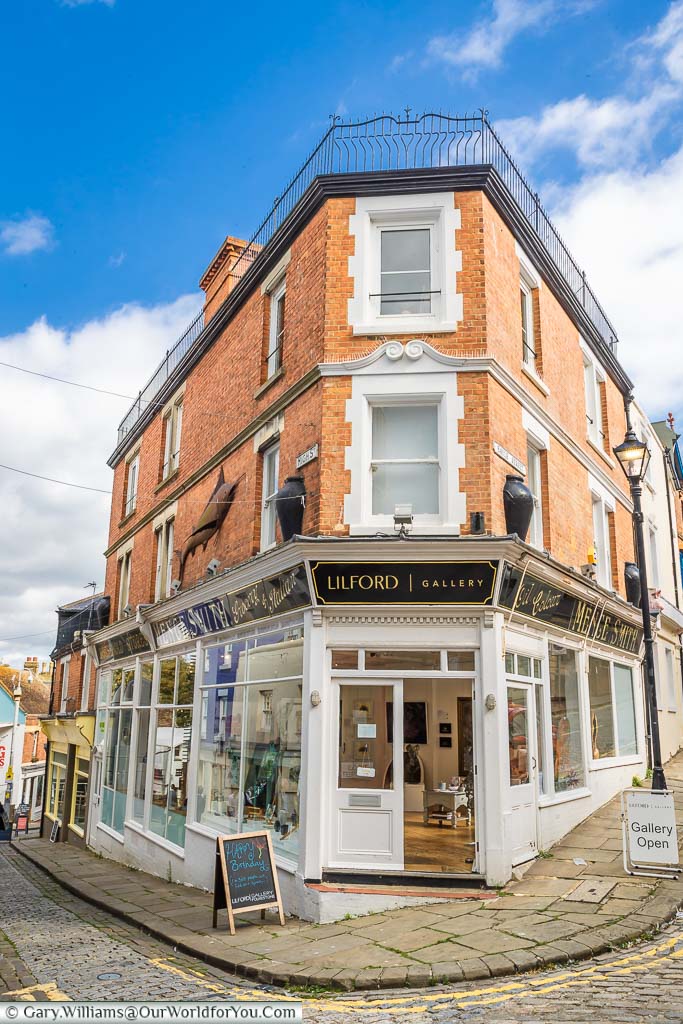
We have a new little book on our shelves that we delve into when we're heading to the coast.
Packed full of historical facts, and broken down into the different counties of England. It tells tales of the history of the shoreline that surrounds our country.
Available in Kindle & Hardback editions, it's an excellent addition to anyone's collection who loves the English seaside.
The Bayle area of Folkestone
A secret we're sharing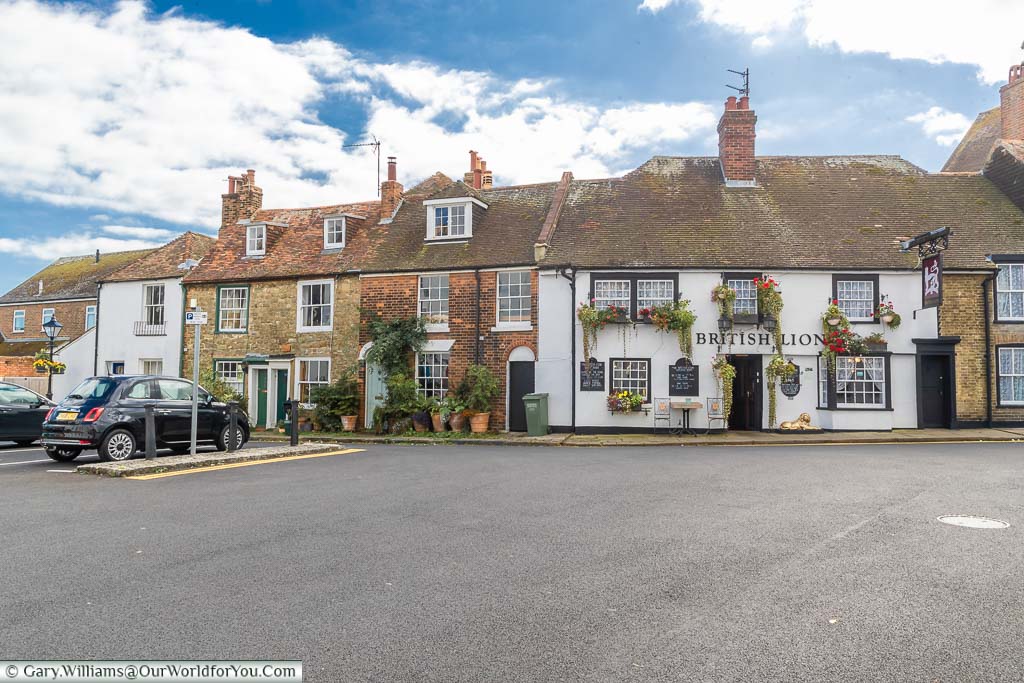
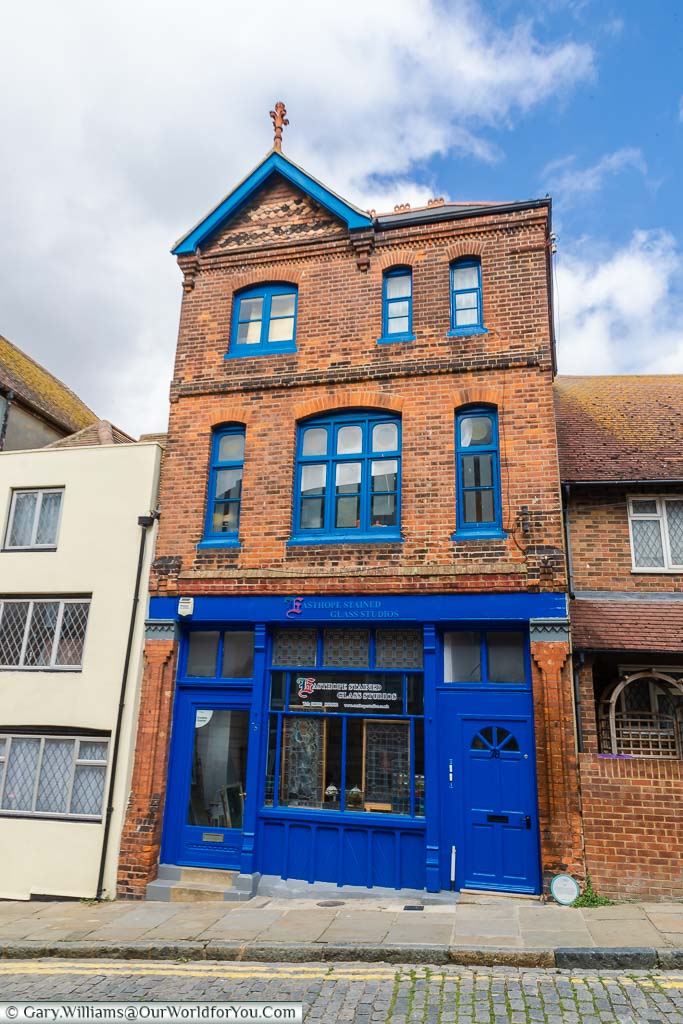
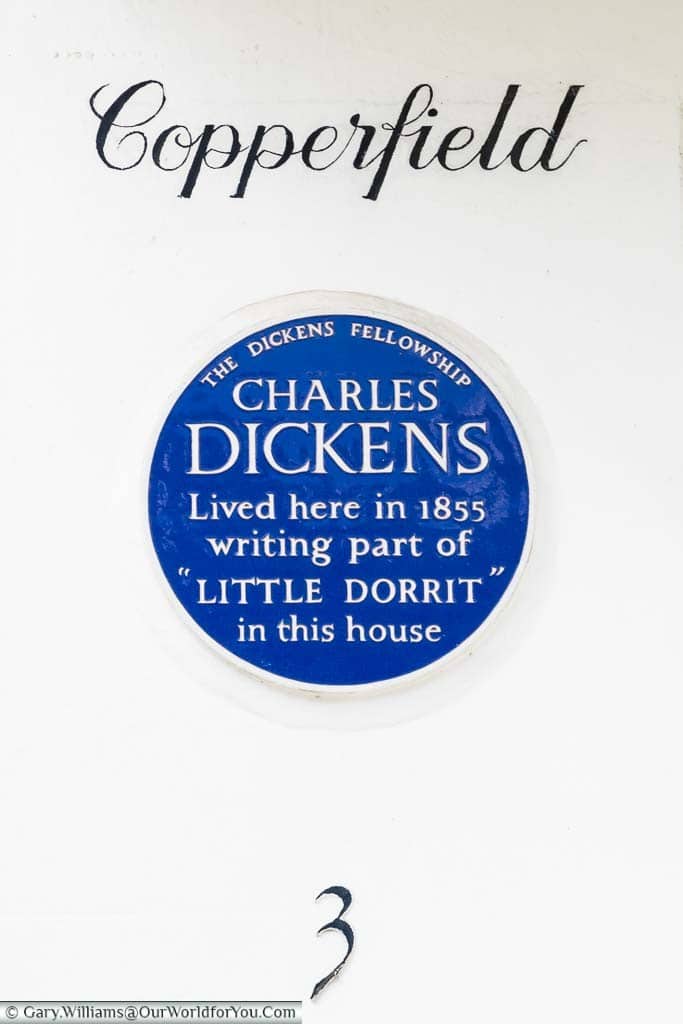
Where to eat in Folkestone
You'll be spoilt for choice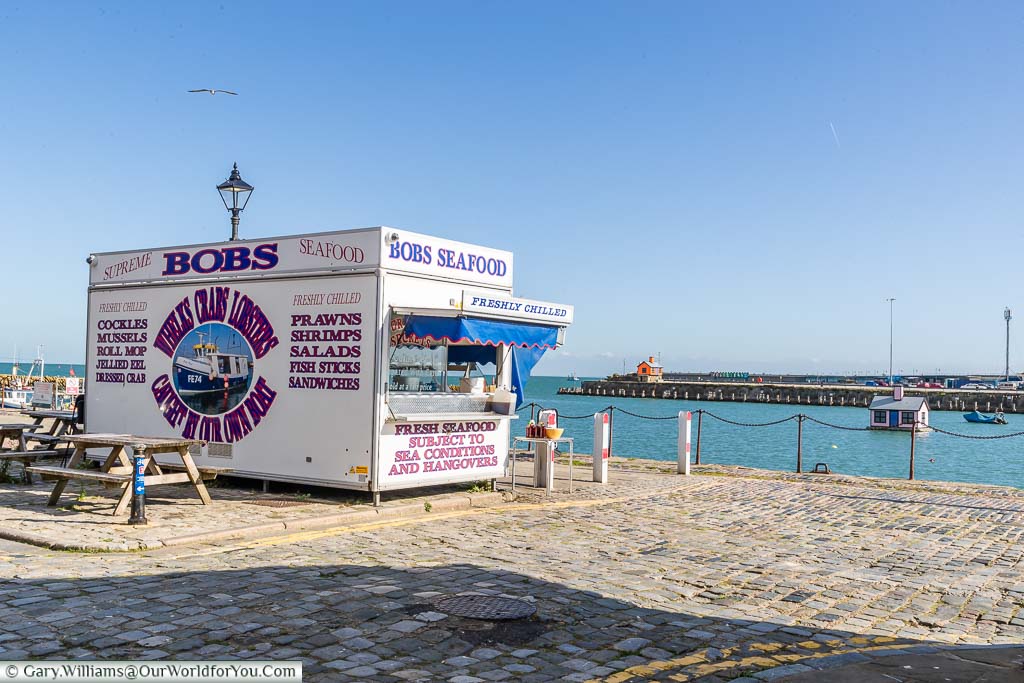
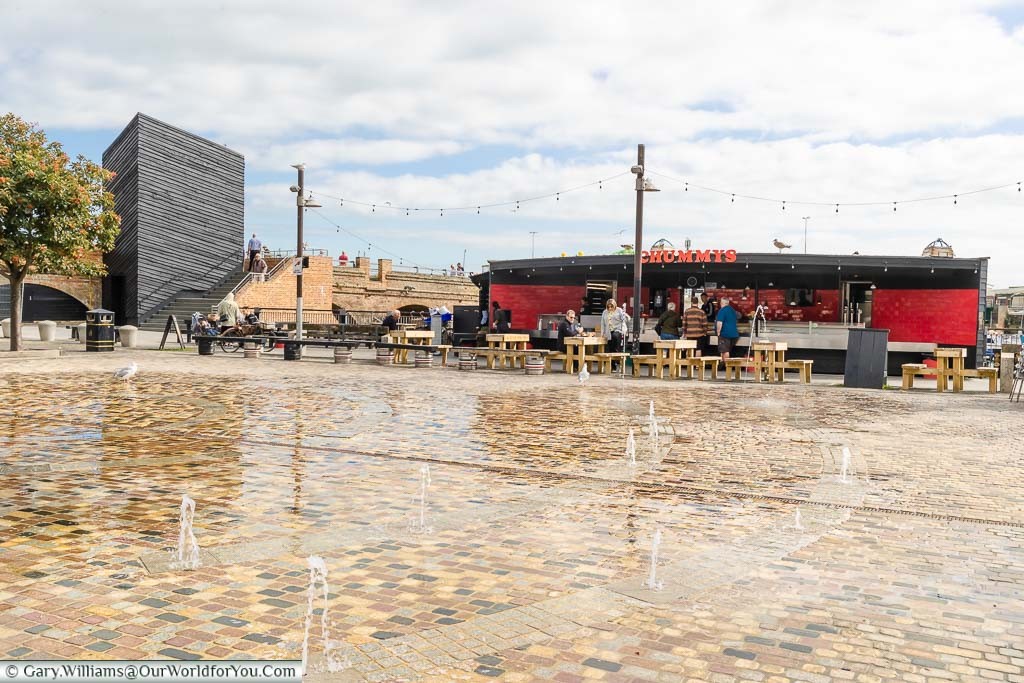
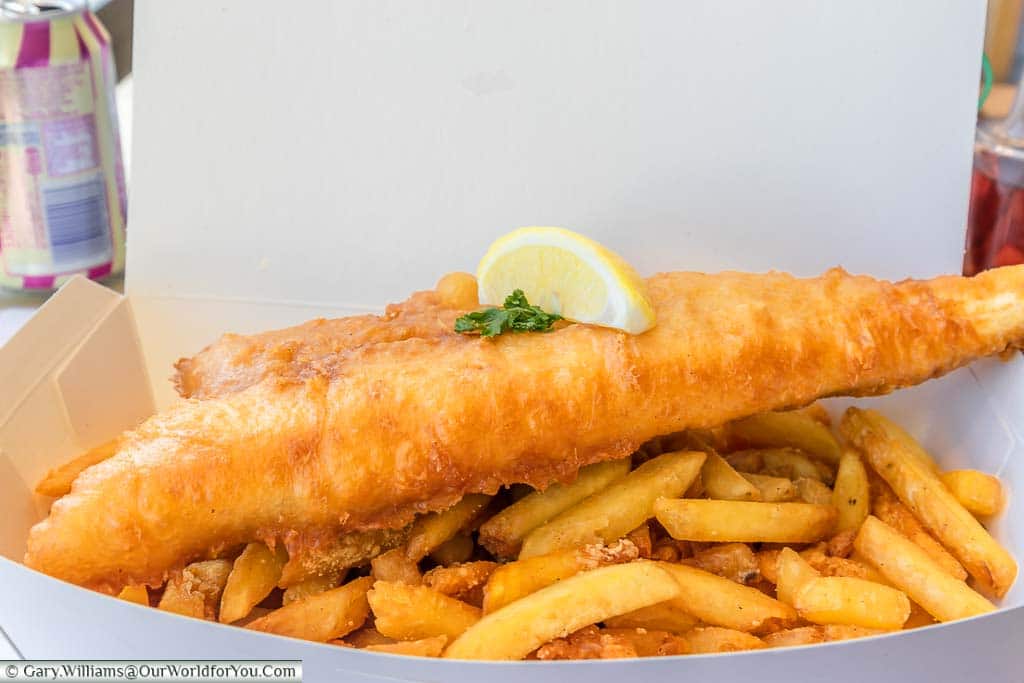
Our Video of Folkestone
The view of this coastal town through our eyesWe have created a little YouTube video of Folkestone Why not take a look?
Also, why not subscribe to our YouTube channel and get the latest clips as we post them?
Hiking the Kent Countryside
Folkestone is located in Kent nearby the beautiful White Cliffs of Dover. This region of Kent is ideal for hikes along the stunning coastline and the North Downs (AONB), an Area of Outstanding Natural Beauty. To explore the trails in this region of Kent, the Ordnance Survey maps that will help you along the route is no. 138, ‘Dover, Folkestone & Hythe’.
Alternatively, why not purchase and download the OS Maps App, which covers all of Great Britain.
Why visit Folkestone?
Our final say* This post may contain links to affiliated sites where we earn a small commission at no additional charge to you.

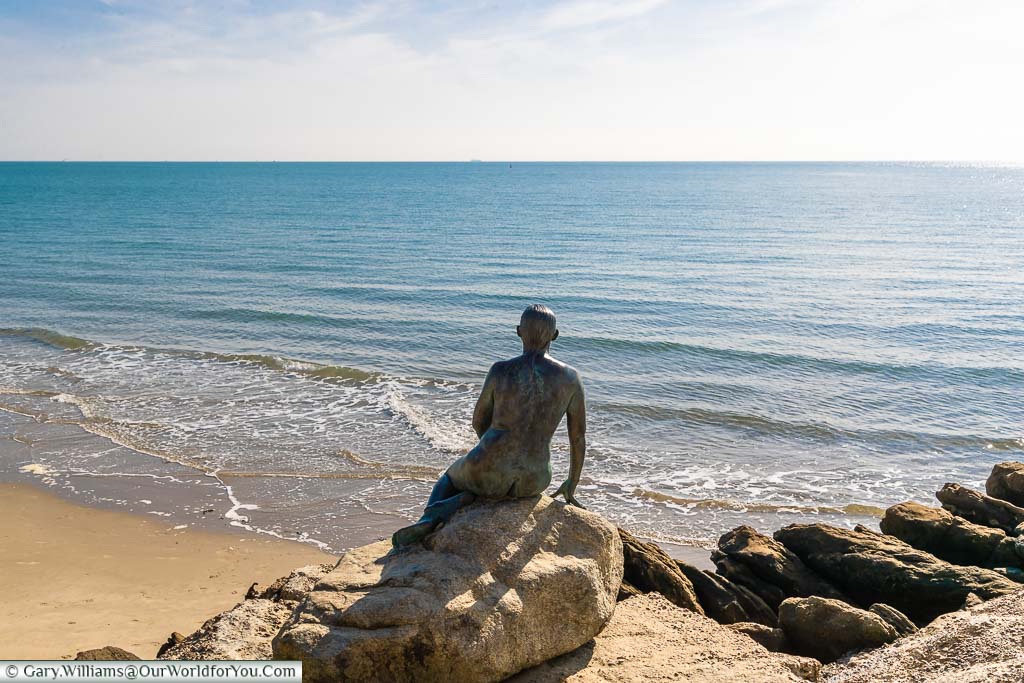
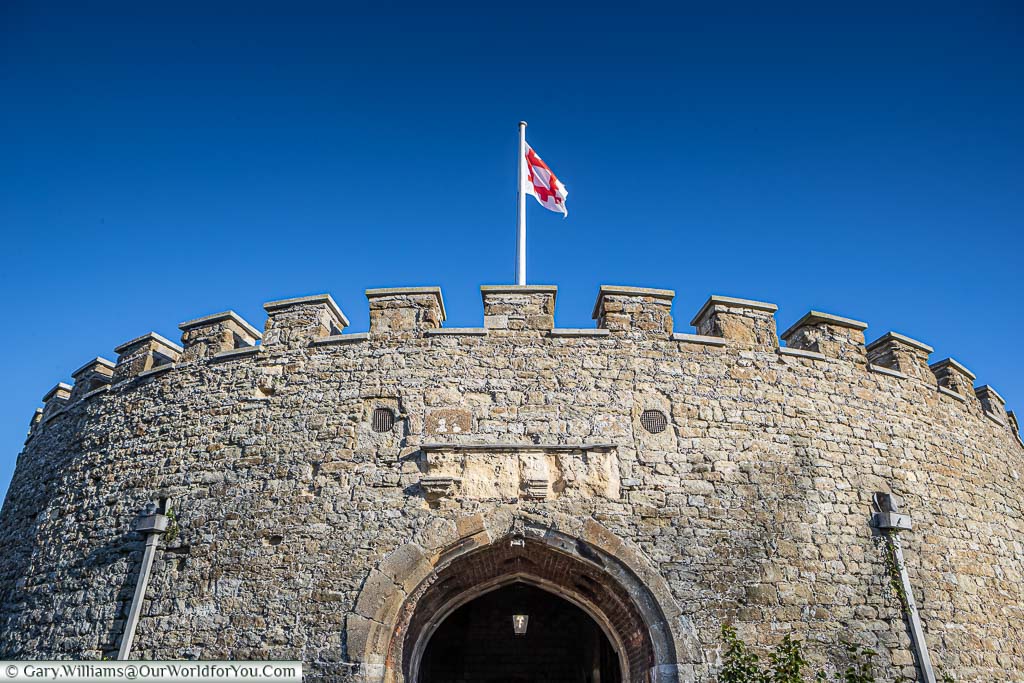
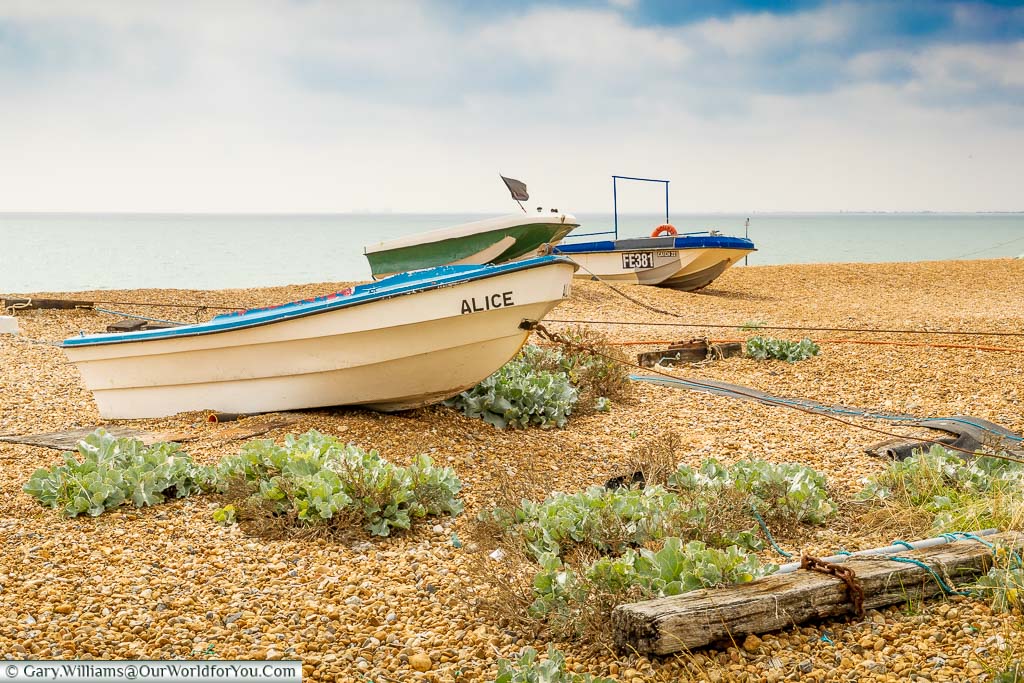
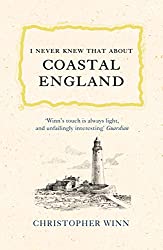

Ah what a shame! This guide would have been perfect for us back in August! I looked up Folkestone as a day trip from Dover where we took the ferry back to Continental Europe, but I couldn’t find anything interesting on it! Now I’m bummed I opted out! Pinned for next time! #FarawayFiles
Ohh that is disappointing, it was such a wonderful surprise for me. I wasn’t too sure what to expect after a visit many years earlier. I love art so the added sculptures and quirky little features dotted around the town, really made the visit enjoyable. At least it gives you an excuse to return.
Oh I love a revival story – if you hadn’t said, I would have never known. It looks all sorts of adorable now and right up my alley. Historic buildings, colorful houses, public art and food carts. Yes and please. I love a little stop by the sea. Thanks so much for sharing with #FarawayFiles.
Yes it is fantastic to see seaside being brought back to their former glory and particularly with a modern twist. Lovely day out
It really looks as if we need to get to Folkestone soon! That zig zag path looks fun and I’m a sucker for a harbour. I’ve read about some really fabulous looking restaurants there too. I love a beach trip in the winter so perhaps we should put it in the diary for a day trip one weekend soon. Thanks for inspiring me on #farawayfiles
I know what you mean I love harbours too, and with the added quirky art and pop up restaurants it really is a lovely place to visit on bright winter day.
I love English seaside towns, there’s something old world about them, like from a different time:) #farawayfiles
Yes you are right, it’s like strolling around a little piece of history, and there are so many lovely towns being given a new lease of life.